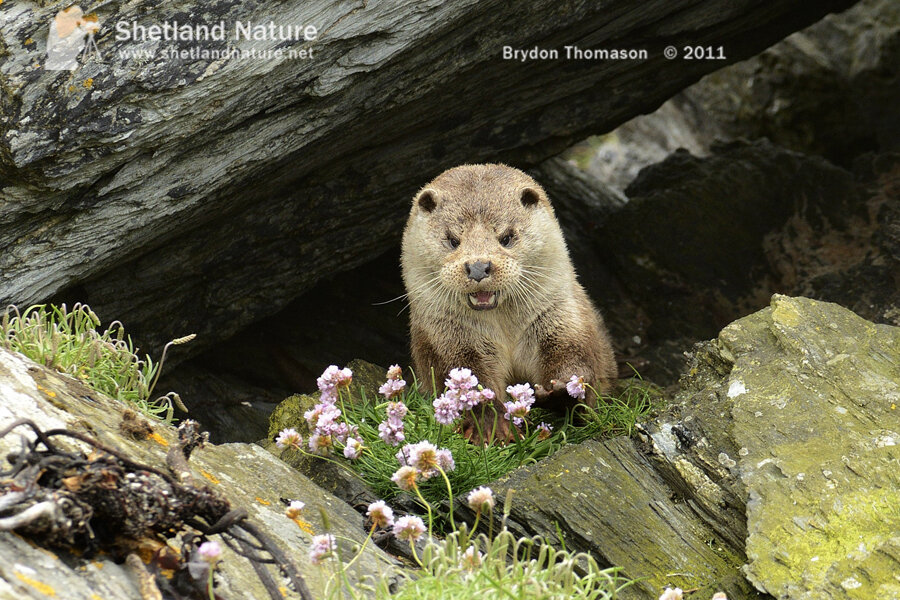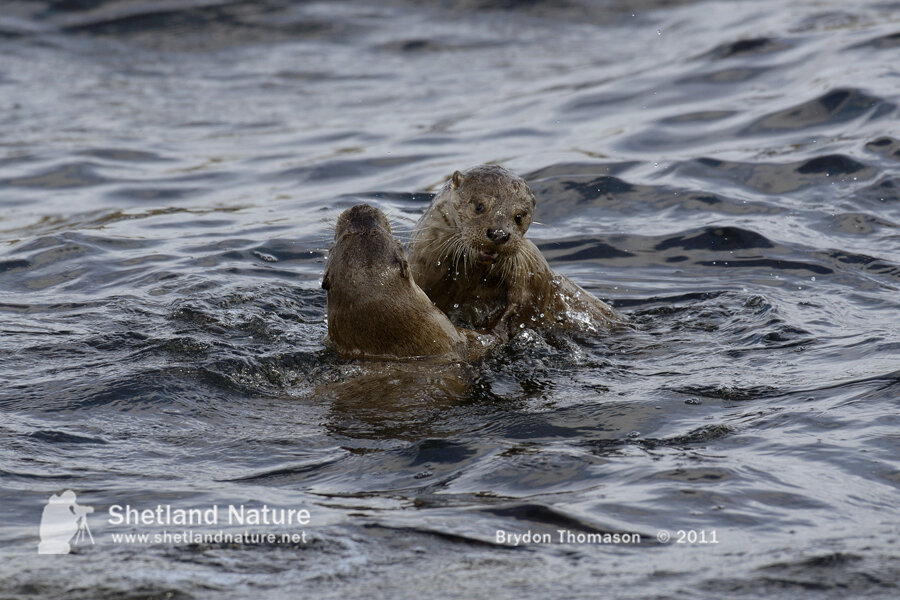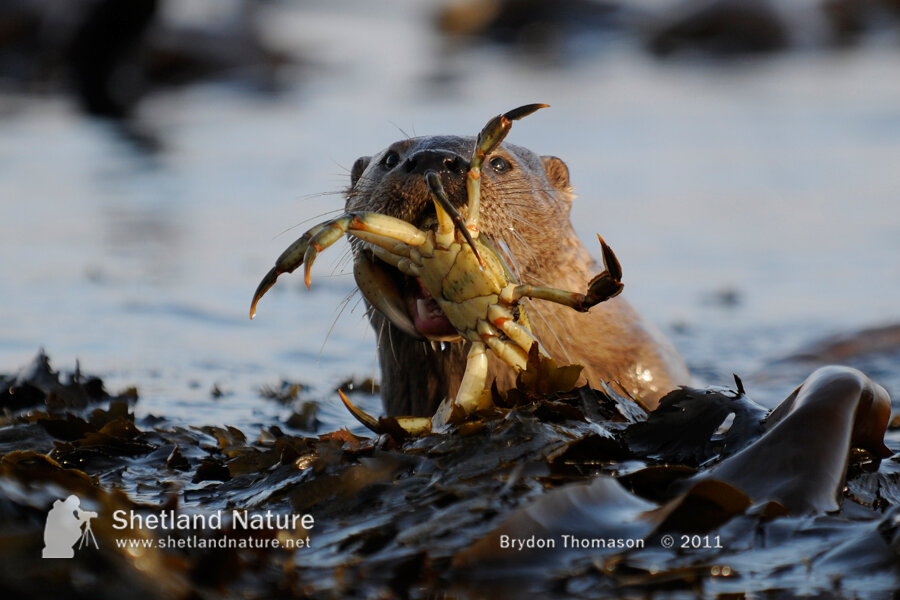These of course apply to any observer but for anyone seeking encounters just that little bit closer, such as photographers, the above factors are truly imperative. Without experience, it is no easy task to approach Otters and one that is advised against if there is any possibility of disturbance.
For many photographers the desire to capture an image is more important than potentially upsetting the animal's daily routine. This goes totally against everything I stand for and not just for otters. Capturing unique and often intimate images of their behaviour requires experience, knowledge, respect and patience (often beyond belief!). It is a delight to walk away from an encounter with great images but to do so knowing that the animals never even knew you were there is enormously fulfilling.
There are so many encounters where I have seen the perfect portrait poised or a behavioural shot right in front of me, which I have waited years to capture but I daren't move or take the shot for fear of the Otters knowing my presence. One such encounter happened last year, a mother carrying her three infant cubs (just two months old) one by one to a new holt. This is a very intimate and fragile process that few witness let alone photograph. However from where I lay watching, at only one point could I photograph her on each trip with a cub, but to do so there was a possibility she would hear the camera shutter so in turn would have undoubtedly scarpered and quite possibly abandoned her cub- no image is worth risking that, no matter how unique a shot. I might wait years for another such unique and rare photographic opportunity but that is just how it goes if you understand Otters and their sensitivities.



